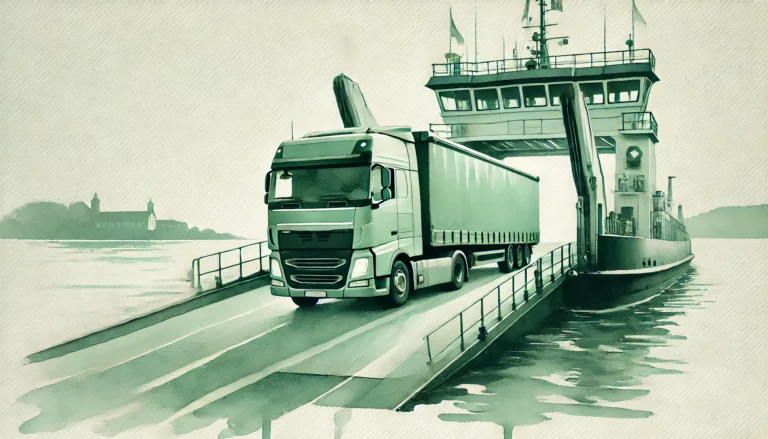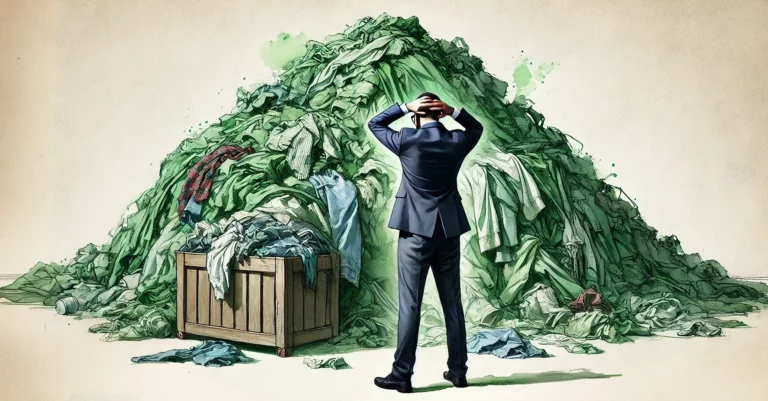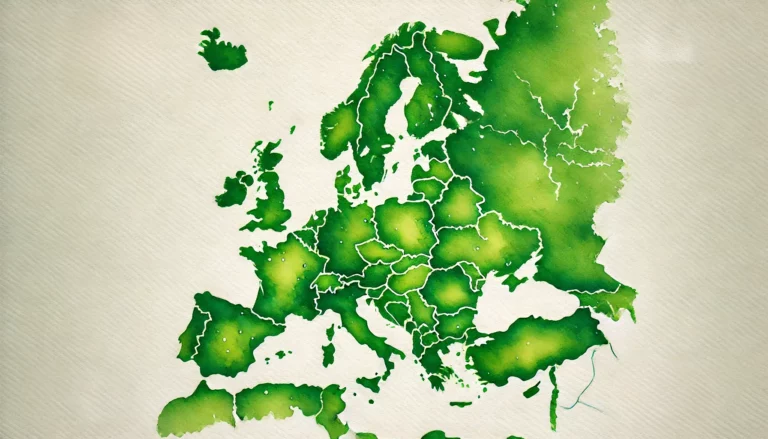Recycling agricultural film - from a problem on the farm to a raw material in industry
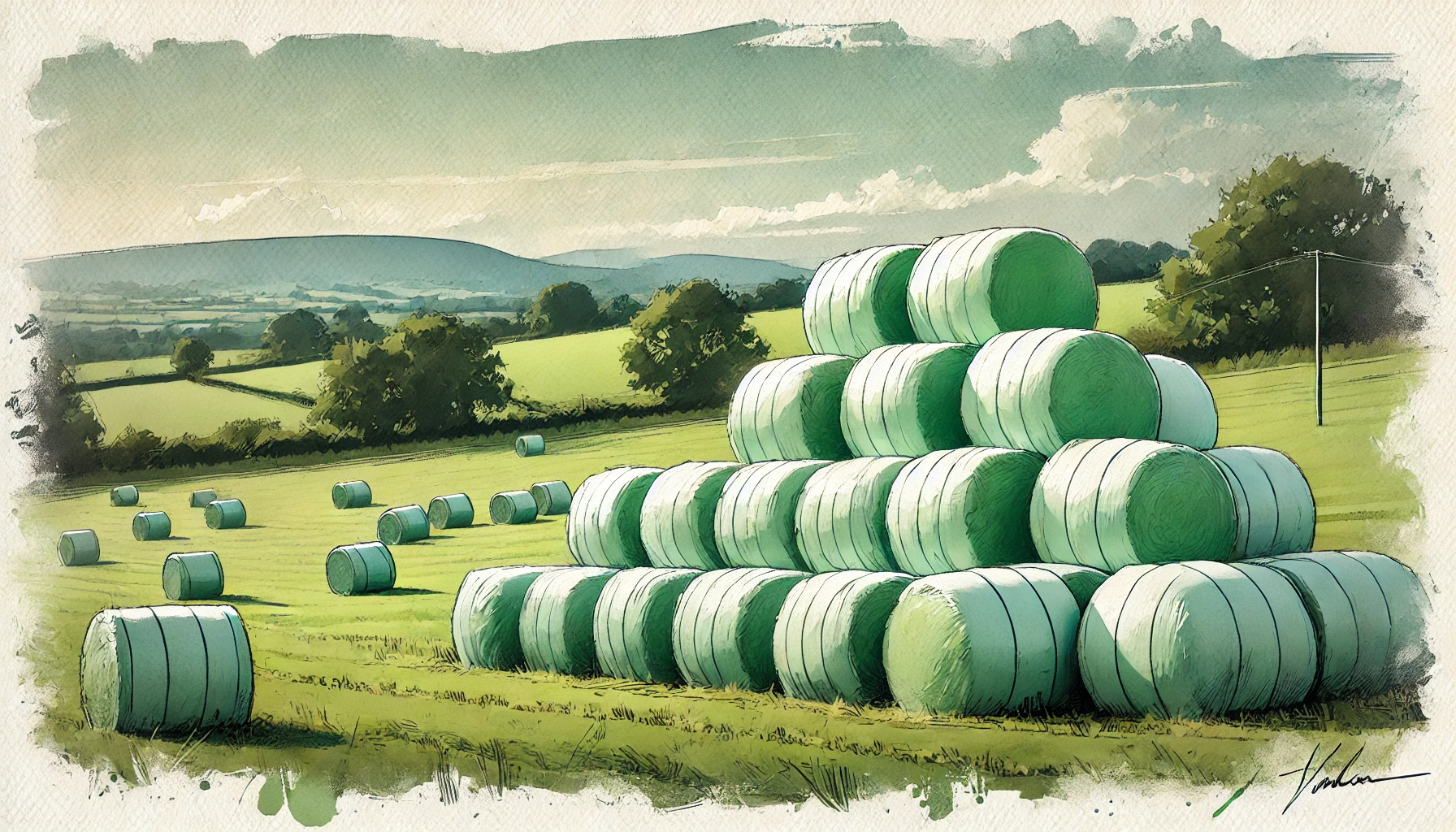
Every year, more than 23,000 tonnes of agricultural film are left on Polish fields. It protects crops, but after the season it becomes a troublesome waste, which is difficult to manage. Will Europe - and Poland - find a way to turn this problem into a fully-fledged raw material?
Scale of the phenomenon and value of the market
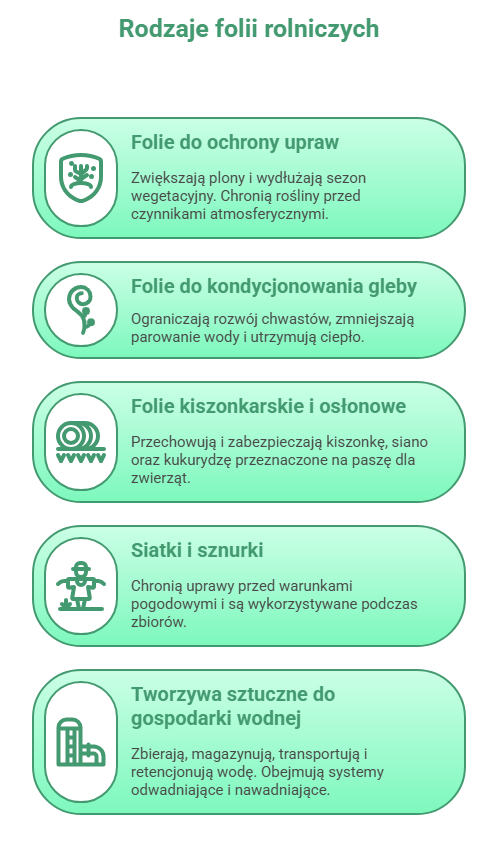
How much agricultural film goes on the market in Europe? The latest publicly available statements indicate that the volume of so-called plasticulture in Europe remains in the range of approximately 720,000 tonnes per year.
What is the value of the European agricultural film market? Industry market reports value it at around USD 2.0-2.3 billion for 2024-2025, with projected growth until the end of the decade. This shows growing demand for haylage films, silo covers, mulching and crop covers.
And what is the situation in Poland? Estimates for Poland are around 23,000 tonnes of agricultural films placed on the market annually (around 4% of the European market).
Need help managing your agricultural film? Write to us or call us
How long can the agricultural film be used?
- Mulching film: generally lasts 1 season. These are thin sheets that get dirty quickly and are additionally difficult to recover.
- Haylage and stretch film (for wrapping bales) usually loses its usefulness within 6-24 months. A lot depends on quality and conditions here.
- Greenhouse/tunnel film: can last for 2-3 years, and up to 3-4 years depending on thickness.
This means that a large proportion of film enters the waste stream each year - and needs to be managed accordingly.
What regulations govern the recycling of agricultural film?
Waste Framework Directive (WFD 2008/98/EC, revision 2018/851). It introduces a waste hierarchy, promotes separate collection and extended producer responsibility (EPR) also beyond packaging. This is key to setting up industry-wide collection systems for film from farms.
New regulation on transboundary movements of waste (2024). It tightens EU waste export rules and strengthens intra-EU controls. For agricultural film (which is often contaminated), this means more responsibility for recycling in the country of origin and more difficult exports to less controlled facilities.
Regulation on packaging and packaging waste (PPWR, 2025). Although primarily concerned with packaging, it indirectly affects the market for secondary raw materials and recycling standards. It can therefore improve the profitability of agricultural film processing through higher demand for regranulate and better infrastructure.
Why recycling agricultural film is difficult
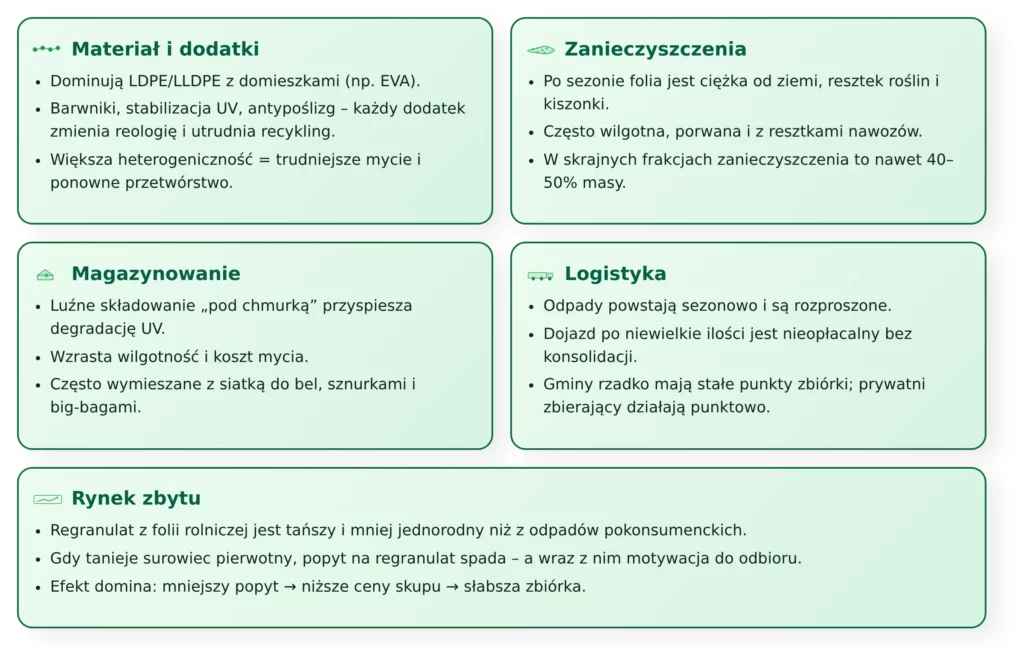
Good practices in the preparation of films for recycling
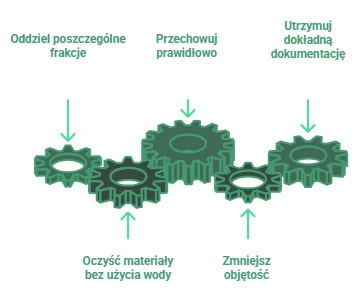
How do you prepare the agricultural film so that its management is successful? Here are the 5 most important rules:
- To begin with - separate the different fractions: stretch/silage film separately, cover film separately, netting and twine separately.
- Next step - cleaning. Shake off the soil, remove grass and strings. Do not wash with water or detergents. Dryness is key here.
- If you want to store it - then only under cover - on a pallet or in big-bags. Avoid sunlight and soaking in water (rainwater) or other liquids (see point 2).
- Reduce volume to save storage and loading space. Rolling and baling (e.g. with a baler) translates into lower storage and transport costs and a better collection price.
- Ensure correct documentation - this will facilitate the transfer of waste to a legal recovery/recycling facility. In addition, it will streamline billing and inspections.
At the recycler, regranulate is produced after thorough cleaning, shredding and filtration. The recycled material can be used for such applications as technical films, bags, covering pipes, gardening components or geotextiles. Some of the very dirty fractions can be sent for energy recovery - as a last resort.
REMEMBER!
One well-described pallet or bale of clean film can reduce the cost of collection by several tens of per cent relative to loose, wet material.
Is Europe moving in the right direction? Comparison of solutions and conclusions for Poland
According to a report prepared by Eunomia Research & Consulting, based on, among other data, 2019 annual more than 720,000 tonnes of plastic are used in Europe in agriculture. Of this, only 1/4 is recycled and the majority still ends up in landfills.
WORTH CONSIDERING!
It is estimated that around 34 kilotons of plastic per year are burnt on fields. As a result, nearly 950,000 hectares of farmland are contaminated with plastic residues.
The aforementioned report, citing estimates from APE Europe, lists the five European countries with the highest number of agricultural films sold. These are:
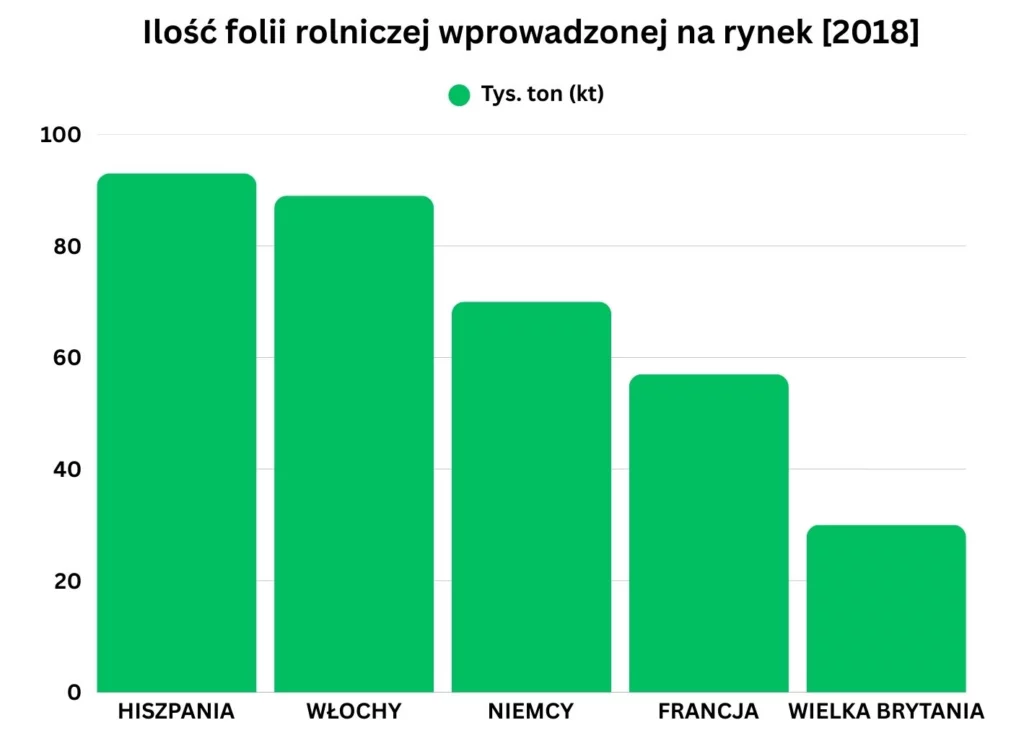
- Spain - 93 000 tonnes
- Italy - 89.5 thousand tonnes
- Germany - 70 000 tonnes
- France - 57.5 thousand tonnes
- United Kingdom - 32,000 tonnes
Noteworthy initiatives and the situation in Poland
Two countries stand out from the above list, whose approach to film recycling in agriculture and appropriate actions have brought tangible benefits.
Germany (ERDE)
In Germany, the ERDE system (Erntekunststoffe Recycling
Deutschland), run by the RIGK organisation. A press release from June 2024 states,
that in 2023, 35 514 t of silage and stretch film were collected (bale wrapping film). This corresponds to 71.7 %
quantity placed on the market. Together with other fractions (baling nets, twine, films
asparagus, perforated, agro-textile) the system collected a total of 39,912 t of plastics, thanks to the
emissions of approximately 36 188 t CO₂ were avoided. ERDE has also set ambitious targets: by 2027, recycling more than 75 % of all silage and stretch films placed on the market
France (A.D.I.VALOR)
A.D.I.VALOR system in France currently collects around 100 000 tonnes of agricultural waste per year, of which more than 44,000 tonnes is film - 33,000 tonnes from livestock farms (with a recycling rate of 100%) and around 11,000 tonnes from horticulture, corresponding to 80% of the planned volumes. The average film collection rate is 80%, recording an increase of six percentage points over 2018. In addition, thanks to new recycling facilities with a processing capacity of more than 10,000 tonnes per year, the system assumes full recycling of agricultural films in France from 2022.
Poland compared to Europe
Poland markets an estimated approx. 23,000 t of agricultural films per year (~4 % of the European market). However, systematic national reporting is lacking.
The National Fund for Environmental Protection and Water Management ran the programme 'Disposal of agricultural films and other waste from agricultural activities' from 2019 to 2022. In the first, nationwide call (2019/2020) approximately 90,000 tonnes of rural waste were disposed of, although the final management of the collected waste is still being verified . The 2020 pilot of the programme in Mazovia, covering seven municipalities, managed more than 1156 t of waste. Its success prompted the Fund to announce that it will allocate PLN 100 million to develop the programme nationally and will treat at least 200 000 t of waste. However, subsequent editions of the programme were discontinued due to lack of funds. NFOŚiGW emphasised at the time that ultimately the responsibility for the collection system should be borne by film and packaging producers (EPR principle).
The lack of a stable collection system causes farmers to hoard or illegally dump used film. Some of the waste is sent to foreign installations. Collected film is often forwarded to Germany due to higher prices for regranulate, and at the same time illegal shipments of used film from Germany enter Poland - February 2022. National Tax Administration stopped a truck carrying 24 t of used film agricultural machinery that was attempted to be imported without a permit.
What does agricultural film recycling look like for Poland? Domestic recycling capacity unfortunately remains limited, as although there are around 220 companies managing all plastics, this number is not sufficient to handle the growing waste stream.
Forecasts
Are we heading in the right direction? On an EU scale - yes, but unevenly. New transport regulations, pressure on the carbon footprint and rapidly growing infrastructure in Western countries are improving performance. In Poland, however, progress depends on the implementation of a viable EPR for films, the expansion of collection networks and incentives for compacting and improving waste quality. Without this, profitability is difficult.
What is worth doing now?
- First of all, design a national EPR system for agricultural films (with guaranteed collection targets and stable funding).
- It is also worth setting quality standards for the waste film (dryness, cleanliness, packaging method).
- It will also be essential to expand the network of permanent collection points and mobile collections during peak seasons.
- The state should also support the purchase of compactors/presses in agricultural centres and cooperatives.
- Information campaigns that explain what film can be donated, how to prepare it for transport and where it can be delivered will also play a key role.
- Holdings should also engage with an adviserthat will help you manage your film. Working in conjunction with reliable hauliers and reputable companies that recycle plastic from agriculture, it will give a second life to such waste.
Don't know what to do with the agricultural film that is lying around in the warehouse or in the field?
Contact with us
What next?
Agricultural film will remain needed, but its fate after the season can be changed. Europe gives examples that high collection levels are achievable when EPR + dense collection network + quality standards are in place. In Poland, system decisions and daily practices on farms are key. After all, every clean, dry pallet of film brings us closer to a closed loop - and makes a difference in the wallets of farmers and recyclers. If you don't know what to do with the film waste from your farm, contact us. Thanks to our extensive database of hauliers and recyclers, we will make sure that your problem is turned into a profit for you and the environment. Write to us at dispo@ekologistyka24.pl


